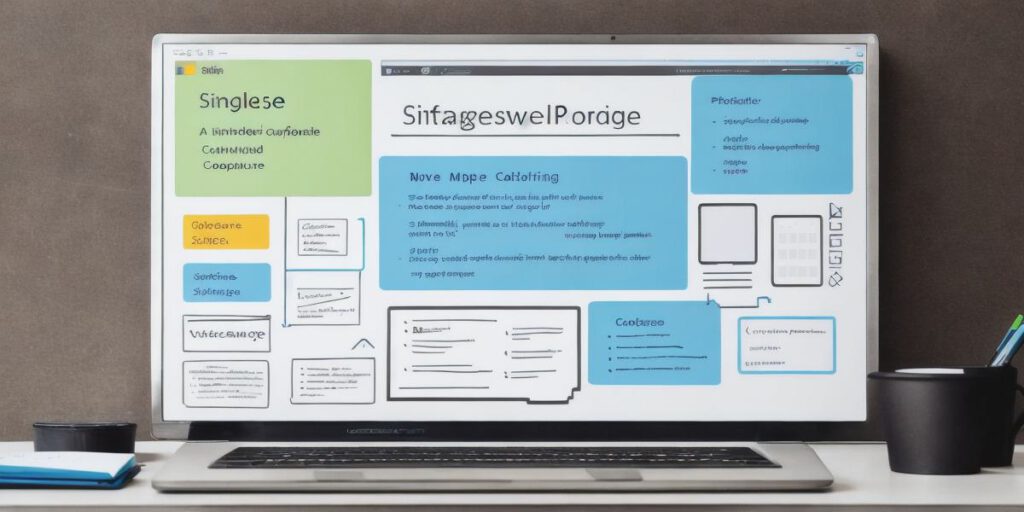What is the definition of software and how does it work

Introduction:
Software is a vital component of our daily lives, from the apps on our phones to the programs on our computers. But what exactly is software, and how does it work? In this article, we will explore the definition of software, its various types, and how it works. We’ll also delve into the importance of software in our modern world.
What is Software?
Software refers to a set of instructions that tell a computer what to do. These instructions are written in a programming language and are stored on a storage device, such as a hard drive or solid-state drive. Software can be categorized into two main types: system software and application software.
System Software:
System software is responsible for managing the computer’s hardware and providing essential services to other software programs. Examples of system software include the operating system, drivers, and utilities. The operating system, such as Windows or macOS, manages all the hardware resources of the computer and provides a user interface for interacting with the computer. Drivers are responsible for controlling the various devices connected to the computer, such as printers and scanners. Utilities are programs that perform specific tasks, such as cleaning up files or managing passwords.
Application Software:
Application software is designed to perform specific tasks for the user. Examples of application software include word processors, spreadsheets, web browsers, and video editors. These programs are built on top of the system software and use its services to provide their functionality. Application software is what most people think of when they hear the term "software."
How does Software Work?
Software works by executing a set of instructions written in a programming language. When a user clicks on an icon or launches a program, the operating system locates the corresponding software files and loads them into memory. The program’s code is then executed, following the instructions laid out in the programming language.
The execution of software code involves several steps. First, the computer must interpret the code, converting it from a human-readable form to machine code that can be executed by the hardware. This process is known as compilation or translation. Once the code has been compiled, it is loaded into memory, where it is executed one line at a time.
Software is constantly evolving and improving, with new features and capabilities being added all the time. Software developers use various tools and techniques to write, test, and debug software programs. They also collaborate with other developers, designers, and project managers to ensure that their software meets the needs of users and is delivered on time and within budget.
Importance of Software:
Software plays a critical role in our modern world, enabling us to perform a wide range of tasks efficiently and effectively. From communication and collaboration tools to entertainment and education platforms, software has revolutionized the way we work, play, and learn.
One of the most significant benefits of software is its ability to automate repetitive tasks, freeing up time for more creative and strategic activities. For example, accounting software can automate tasks such as invoicing and expense tracking, while customer relationship management (CRM) software can automate tasks such as lead generation and sales forecasting.


Another important benefit of software is its ability to scale and adapt to changing needs. As organizations grow and change, their software needs evolve, and software solutions must be able to adapt to these changes. For example, a small business may start with a basic accounting program but may need to upgrade to a more robust solution as they expand their operations.
Finally, software has the power to connect people and ideas across the globe, enabling collaboration and knowledge sharing. From social media platforms to video conferencing tools, software has made it easier than ever for people to work together, regardless of where they are located.
Case Studies:
Let’s look at some real-life examples of how software has made a difference in various industries.
Healthcare:
In the healthcare industry, software has played a critical role in improving patient care and reducing costs. For example, electronic health records (EHRs) have enabled doctors and nurses to access patient information quickly and easily, reducing medical errors and improving patient outcomes. Telemedicine software has also made it easier for patients to receive care from their doctors remotely, reducing the need for costly hospital visits.
Finance:
In the finance industry, software has enabled organizations to streamline their operations and improve their bottom line.